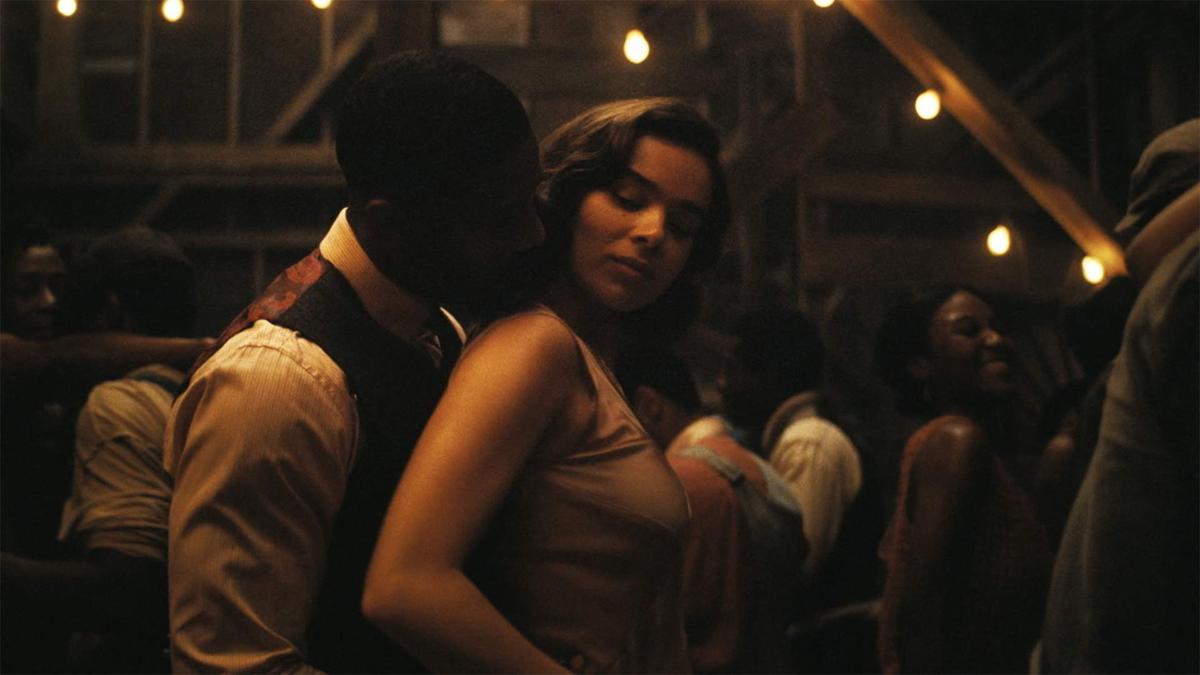In Ryan Coogler’s much-awaited return to form, the visionary auteur explodes out of his Marvel chrysalis, with a feral film that feels like it’s been howling inside him for years. A molotov cocktail of Southern Gothic, vampire carnage, and Afro-American mythmaking, this feels like his most personal and unpredictable work since Fruitvale Station. After a decade of franchise work — Creed, Black Panther, Wakanda Forever— the filmmaker’s Sinners feels like an exhale so deep it rattles the rafters.

Set over the course of a single day at the peak of Jim Crow, Sinners takes place in Clarksdale, Mississippi. This here is the birthplace of the blues, making it ground zero for Coogler’s genre-bending exorcism of America’s racial hauntings. Coogler treats horror and the blues as two dialects of the same scream. The film’s central conceit is that music is a kind of transdimensional conjuring, capable of communing with the beyond.
Sinners (English)
Director: Ryan Coogler
Cast: Michael B. Jordan, Hailee Steinfeld, Miles Caton, Jack O’Connell, Wunmi Mosaku, Delroy Lindo
Runtime: 137 minutes
Storyline: Trying to leave their troubled lives behind, twin brothers return to their Mississippi hometown to start again, only to discover that an even greater evil is waiting to welcome them

It begins with Sammie (a revelatory debut from Miles Caton), a preacher’s son and guitar prodigy, arriving at his father’s church with his face carved up and a snapped-off guitar neck in his hand. Then we spool back to the day before. The notorious Smokestack twins — Smoke and Stack, both played by a magnetic Michael B. Jordan — are back in town after nine years in Chicago, with a suitcase of Capone’s stolen cash. Their dream is to open a juke joint called The Juke that would serve as a sanctuary for Black workers to drink, dance, and perhaps even forget, if only for a few hours.

A still from ‘Sinners’
| Photo Credit:
Warner Bros.
Sinners presents its world with the sweaty tactility of a historical epic. The details thicken the mood, but they never feel decorative. Coogler and cinematographer Autumn Durald Arkapaw capture the sweltering sunlight bleaching the landscape of Clarksdale like it’s perched on the edge of a waking nightmare.
For the first act, the movie leans into slow burn. The Smokestacks hire a ragtag band: a booze-soaked harmonica player named Delta Slim (a wickedly wry Delroy Lindo), a housebound singer, Smoke’s estranged occultist wife, and a Chinese-American couple for catering.
The true turn comes at the juke joint’s opening. In a bravura single-take sequence that swoops through the dance floor, past lovers and fighters, Sinners abandons its realism and wades into the dream logic of myth. The film flirts with anachronism as an invocation when Sammie’s song turns into a ritual, summoning tribal griots, R&B artists, funk musicians, turntablists, and other ghosts of the Black musical continuum. It’s as if Black sound itself has become a time machine. It’s a jam session across centuries which Coogler stages like a miracle.


A still from ‘Sinners’
| Photo Credit:
Warner Bros.
But it’s the sound that really gets under your skin. Ludwig Göransson’s score feels like a full-body baptism, steeped in gospel, funk, and a lush orchestral swash. In this brief stretch of the film, time collapses. The Delta meets Detroit, and the past hums under the breath of the future as Sammie croons for all those who strummed before him.
The vampire mythology in the film is lean, but Coogler repurposes the creature into a metaphor for cultural appropriation, white terror, and the bloody hunger that undergirds American myth. His monsters appear mostly human, save for a shimmer in their eyes and an appetite that transcends flesh. When Jack O’Connell’s demonic interloper Remmick enters the frame, the film lurches into operatic horror. It’s quite campy at times, but never weightless, and every dramatic arterial spray feels tethered to a cultural wound. The appropriation of Black history itself is its own kind of vampirism. The blues, as Delroy Lindo reminds us, is “beloved by white folks, just not the people who made it”.

In a less generous reading, Sinners could be accused of doing too much. The film is messy, overstuffed, and occasionally drunk on its own ambition. But that ‘too-muchness’ is its power. Coogler is conducting a séance through cinema, calling up history, horror, Black artistry, and pop excess in equal measure. That he keeps the tempo is nothing short of miraculous.
By the end, Sinners has embodied the undying spirit of the blues. Wounded, wild, and impossible sultry, Ryan Coogler has made his vampire movie and, fittingly, it bleeds.
Sinners is currently running in theatres
Published – April 18, 2025 04:22 pm IST
